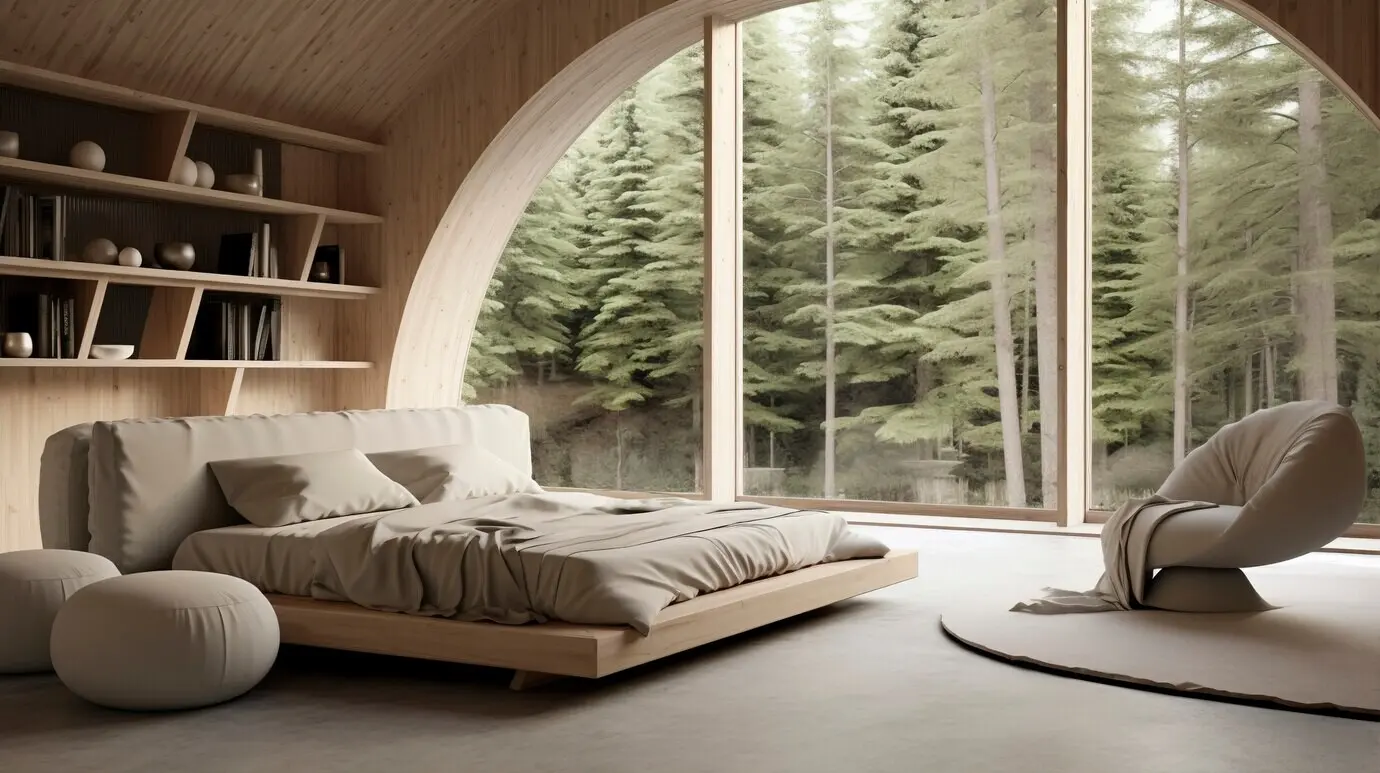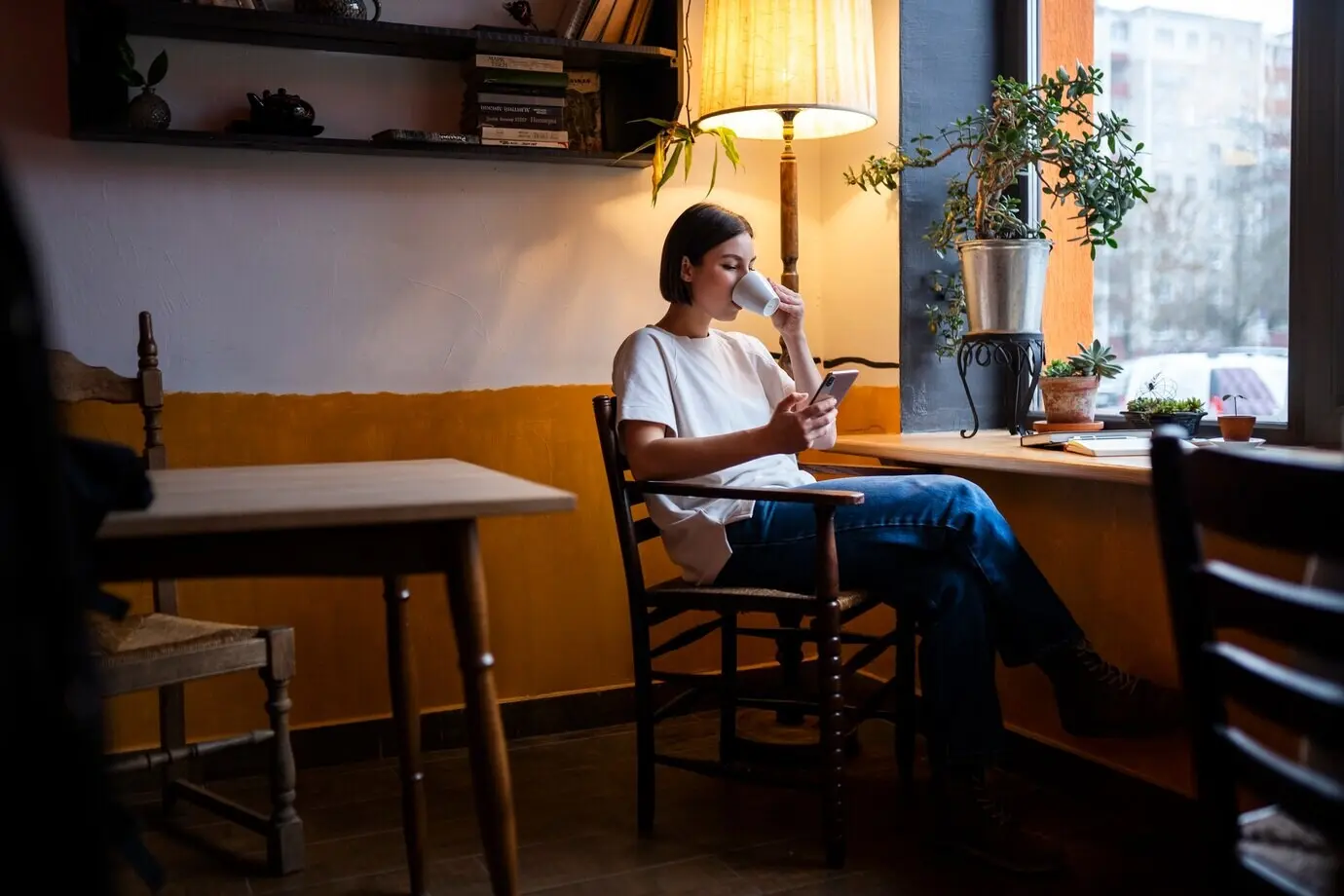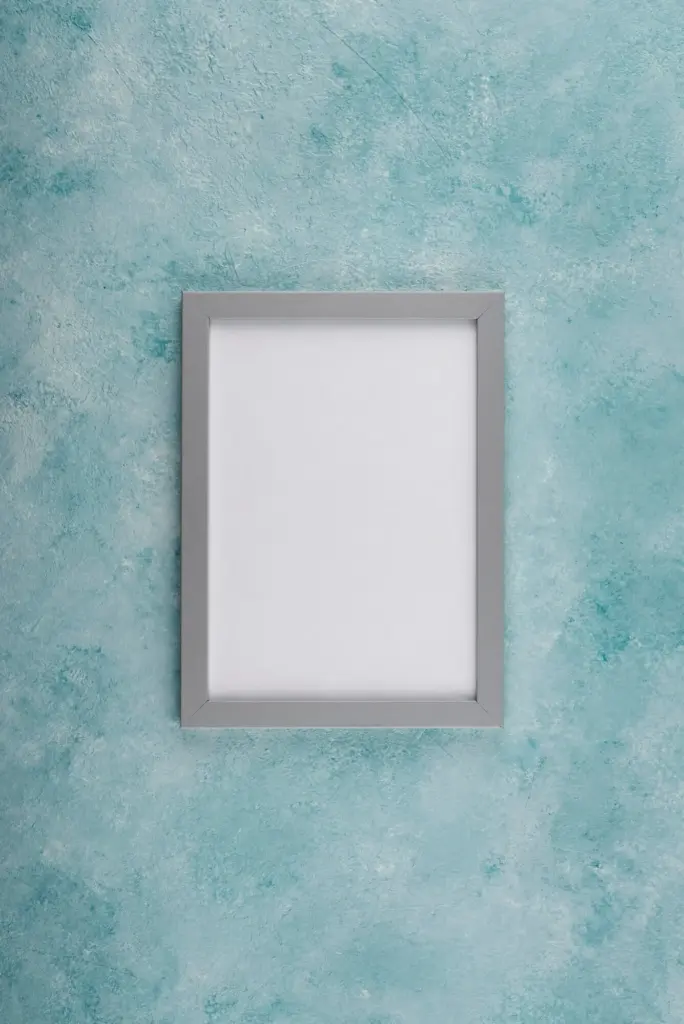Colors That Shape Home Feelings
The Emotional Spectrum at Home

Warm Hues and Social Energy
Sunlit terracotta, coral, and gentle amber can nudge conversations forward and make gatherings feel more welcoming. Use these shades where you want laughter, appetite, and lively exchange. Keep saturation moderate to avoid visual fatigue, then ground warmth with tactile neutrals like linen or oat. A single saturated accent, such as a paprika cushion, sparks interest without overwhelming eye comfort during longer stays.

Cool Tones and Restorative Calm
Powdered blues, misty greens, and soft blue-grays release tension and invite deeper breathing. Ideal for bedrooms or reading corners, these hues expand space psychologically and soften mental chatter. Add natural elements—plants, woven baskets, pale wood—to warm the coolness just enough. Avoid overly icy finishes; a hint of gray or green in the undertone feels human, steady, and quietly supportive across seasons.

Neutrals as Breathing Space
Neutrals create visual pauses, letting bolder notes shine while keeping rooms gentle on the eyes. Choose nuanced variants—greige with violet undertones, cream with a whisper of peach—to harmonize with daylight and furniture. Layer texture through boucle, nubby linen, and matte ceramics. Neutrals aren’t boring; they are the canvas that lets stories unfold, photographs sing, and seasonal accents transform without repainting everything.
From Inspiration to a Cohesive Palette
Rooms That Feel Right
Living Room Conversation Flow
Bedroom Sanctuary and Slow Evenings
Kitchen Creativity and Everyday Ease
Light, Materials, and the Alchemy of Finish
Reading Daylight by Direction
North light is bluish and steady, flattering cool colors but cooling warm hues excessively. South light is abundant and warm, brightening and sometimes yellowing delicate neutrals. East light sparkles in morning, while west light glows late and deepens reds. Sample generous swatches across walls, corners, and ceilings to map these shifts. Note where shadows fall, because shadowed areas often decide overall mood.
Choosing Artificial Light Temperatures
Bulb temperature reshapes palettes dramatically. Warm white around 2700K supports cozy evenings, while 3000K offers balanced neutrality ideal for mixed-use spaces. Cooler 4000K increases clarity for tasks but can feel clinical at night. Layer sources—ambient, task, accent—to control contrast and sparkle. Dimmer switches let color breathe across activities, preserving emotional intent while adapting to work, dining, and late-night unwinding.


Color Stories from Real Homes
Common Pitfalls and Gentle Fixes

Too Many Competing Stars
If every element demands attention, nothing truly shines. Choose one focal color and demote others to supportive roles. Tone down saturation on large surfaces and move stronger hues to textiles or art. Repeat a single note throughout—perhaps olive in planters and cushions—to create rhythm. The result feels curated, not chaotic, while still honoring your love of expressive, joyful color moments.

Undertones Hiding in Plain Sight
A gray might secretly lean purple; a cream could favor yellow. Place samples against your permanent finishes and white copy paper to reveal undertones. Compare side-by-side to spot subtle shifts. If clashing appears, pivot within the same family, not across it. Harmonizing undertones makes inexpensive accessories, like rugs and lampshades, suddenly cooperate, turning dissonance into a cohesive, calm background hum.

Forgetting Flow Between Rooms
Spaces communicate through doorways and sightlines. If each room tells an unrelated story, transitions feel abrupt. Borrow a color thread—trim shade, rug border, plant foliage—so movement feels intentional. Keep adjacent rooms within compatible temperature and saturation ranges. Even small echoes, like matching throw pillow piping, can harmonize the journey and reduce visual fatigue. Think sequence, not isolated snapshots, for lasting comfort.


